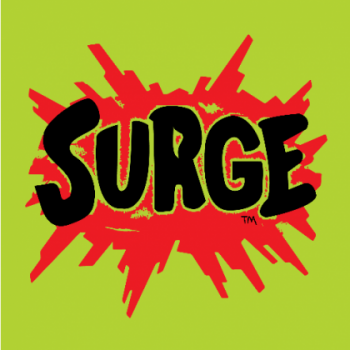
New Zealand ‘surge strategy’ needed to reach Australia’s smoking target
Posted on October 10, 2019
Australia needs a 'surge strategy' to facilitate the uptake of safer nicotine products such as vaping if it is to reach the target of <10% daily smoking by 2025.
The strategy was recently recommended for New Zealand where the target is 5% daily smoking by 2025 in a new report by Action on Smoking and Health, New Zealand. Safer smokeless alternatives such as vaping, heated tobacco and snus are already legally available in that country.
A public health ‘surge’ is a concept used in the management of emergencies where a rapid increase in capability is essential to meet a demand. Reducing smoking rates in urgent. Each day, 20,000 people die globally from smoking-related diseases.
Australia's daily smoking rate is 13.8% and smoking has not declined significantly since 2013 in spite of the highest priced cigarettes in the world, plain packaging and very strict tobacco control laws.
Without further new and effective policy options, Australia's very modest target will not be met
Australia is the only western democracy to ban the sale and use of nicotine for vaping and heated tobacco products. This is in stark contrast to the continuing decline in smoking rates in other western countries which allow these products.
Tobacco harm reduction
Tobacco harm reduction is based on replacing the most harmful products with much less harmful alternatives. We know that ‘people smoke for the nicotine but die from the tar.’ Harm reduction works because almost all of the disease risk from smoking is caused by the smoke: the particles of tar and toxic gases that are inhaled from burning tobacco.
Nicotine creates dependence, which keeps people smoking. The smoke contains thousands of toxic agents, many of which are formed in reactions during combustion.
If smokers can find satisfactory alternatives to cigarettes that do not involve combustion but do provide nicotine, then they would avoid almost all of the disease risk
Vaping is a popular alternative because it replaces many aspects of smoking, not just nicotine. This includes hand-to-mouth habits and behavioural rituals, while also providing a pleasurable sensory experience and flavours that aid in switching.
Risk-proportionate regulation
The authors of the report caution that regulation of reduced-risk products should not be heavy handed. Excessive regulation can cause unintended harms and obstruct the transition to smoke-free alternatives by making safer alternatives more expensive, less appealing, or more difficult to access than cigarettes.
The way to strike this balance is to adopt ‘risk-proportionate regulation
This imposes regulatory burdens and controls in proportion to the risk posed by the product, but also taking account of the opportunities it offers'.
Like many new and disruptive innovations, there are also potential risks such as youth uptake and unknown long-term health effects. However, there is much existing evidence to provide reassurance about these concerns.
Regulators must try to exploit the opportunities but also to mitigate the risks of adverse effects through effective and sensible regulation.
Report
Media release. Global anti-smoking experts highlight e-cigarette opportunities. 7 October 2019
Posted by Colin Mendelsohn, colin@athra.org.au